WE WROTE THE BOOK ON MECHANICAL WEED CONTROL
We wrote the book on mechanical weed control
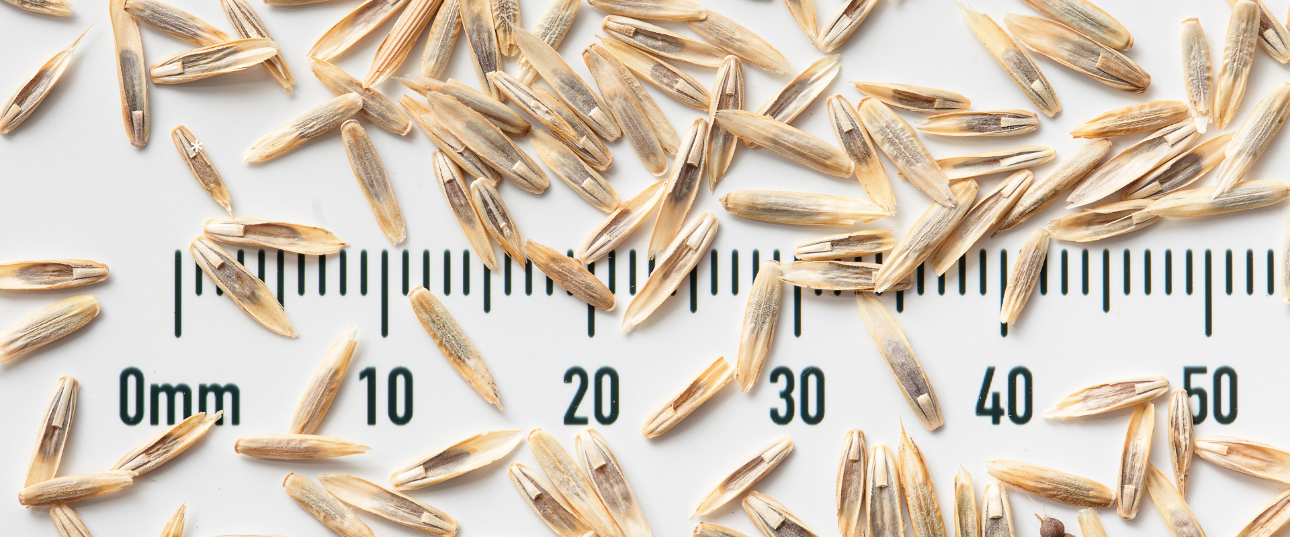
Ryegrass
Lolium rigidum


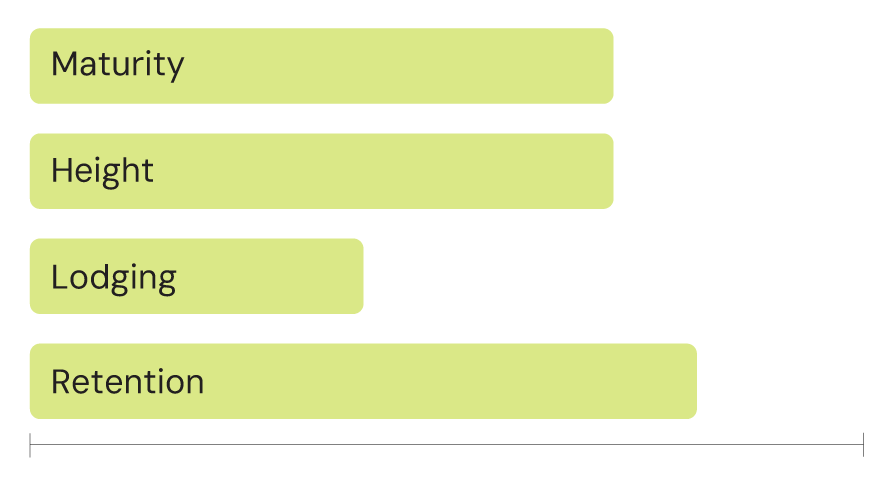
Annual ryegrass is one of the problematic weed species globally. It has developed resistance to a number of pre- and post-emergent herbicides across multiple herbicide groups.
Annual ryegrass (Lolium Rigidum) has been a major focus for testing, firstly because of its prevalence as a weed species in Australia, secondly because it is really hard to kill with a mill. This is due to its high fibre to starch ratio (meaning it is very tough) and because it is very light (hitting it doesn’t provide a lot of energy for seed damage).
AHRI researcher Dr Roberto Busi demonstrated that ryegrass pollen can travel up to three kilometres spreading their resistant genes far and wide. This genetic diversity contributes to its ability to develop herbicide resistance and thrive in cropping systems globally.
Not all weeds are created equal.
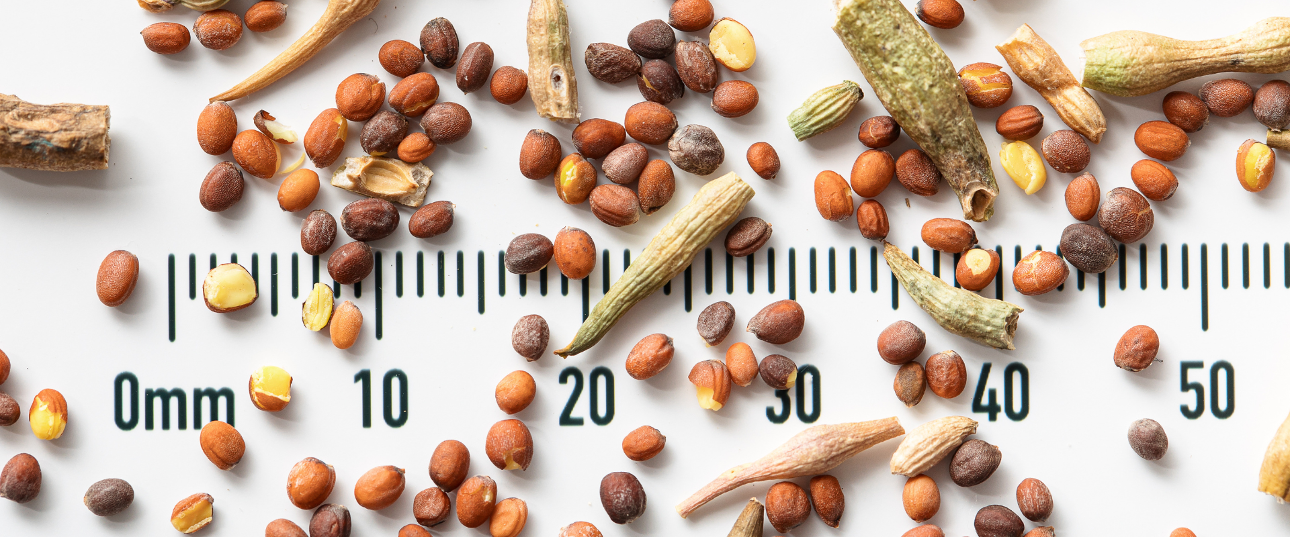
Wild Radish
Raphanus raphanistrum



Wild radish, known for its competitive nature across grain-growing regions, has become a challenge for growers due to its genetic diversity and out-crossing nature which fosters the development of resistance to multiple herbicide actions. A single year's seeds potentially can remain dormant more than six years. Wild radish retains a high proportion of its seeds at harvest making harvest weed seed control (HWSC) a key opportunity in reducing wild radish populations.
Given its tendency for multiple germination events within a growing season and the capacity for seeds to be destroyed at harvest, focusing on HWSC alongside integrated management strategies becomes essential.
Note: The latest SAGIT Testing here indicates that Wild Radish is extremely easy to kill.
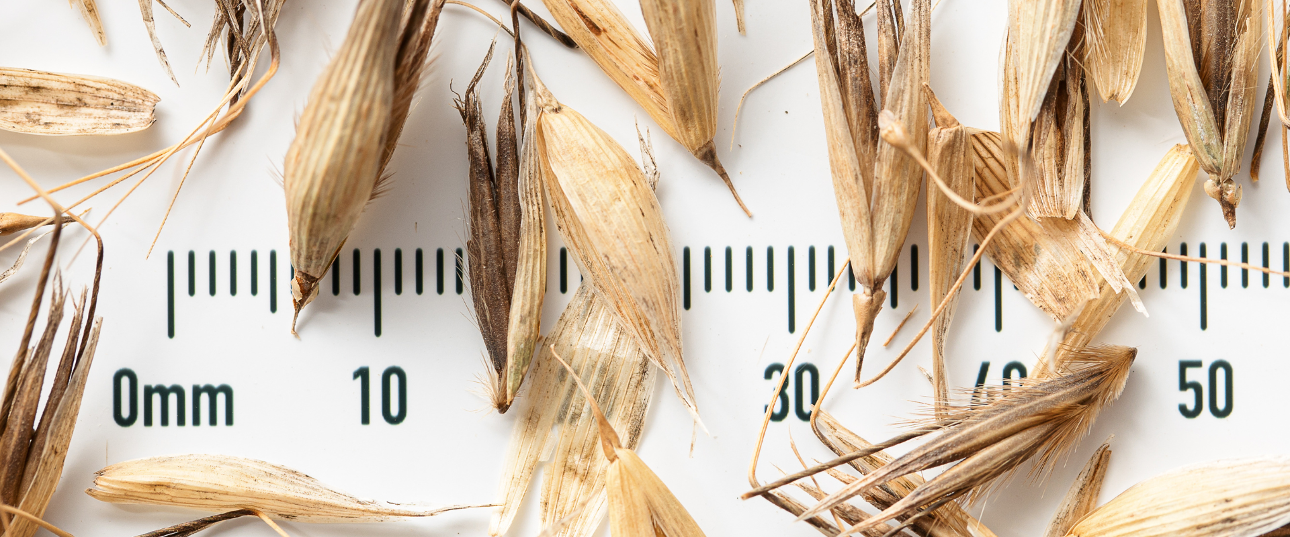
Wild oats
Avena spp.



Traditionally dismissed as a poor target for Harvest Weed Seed Control due to its tendency to shed early, Wild Oats are a deceptively good choice due to their short dormancy in the soil ~2 years. Steve Shirtliffe of University of Saskatchewan (2009) examined the distance combine harvesters were responsible for the dispersal of wild oat seeds from the mother plant and the effect of chaff collection on seed dispersal with Chaff Carts. Interestingly Wild Oat patches were found to be spread primarily by the combine, several hundred meters up the paddock.
While a single plant can produce around 1,000 seeds in the absence of competition, even in heavy competition within cereal crops, it produces an average of 60 seeds per plant. These seeds shed over time, increasing the importance of timely harvest to minimise seed drop and spread. A 2-year targeted effort can effectively control these weed infestations by depleting the seed bank.

Brome grass
Bromus spp.



Harvest Weed Seed Control emerges as a potential technique to manage brome grass, particularly great brome, within diverse agricultural systems. This method, however, shows variable effectiveness across different brome grass populations and seasons. Research indicates that great brome can retain a significant portion of its seeds until late in the season, suggesting that early harvests could capture a substantial amount of seeds before they shed. However, the variability in seed shedding—affected by factors such as plant height, ecotype differences, and environmental conditions—underscores the importance of understanding specific local brome grass population dynamics to effectively implement HWSC strategies.
Windrowing or swathing could significantly enhance the effectiveness of Harvest Weed Seed Control (HWSC) strategies for managing brome grass populations by targeting the weed seeds before they are shed from the plant. This technique involves cutting and placing the crop and any accompanying weed biomass into narrow rows (windrows) to dry before harvesting. By implementing windrowing at a strategic time—preferably just as the brome grass begins to mature but before significant seed shedding occurs—farmers can capture a greater proportion of brome seeds.
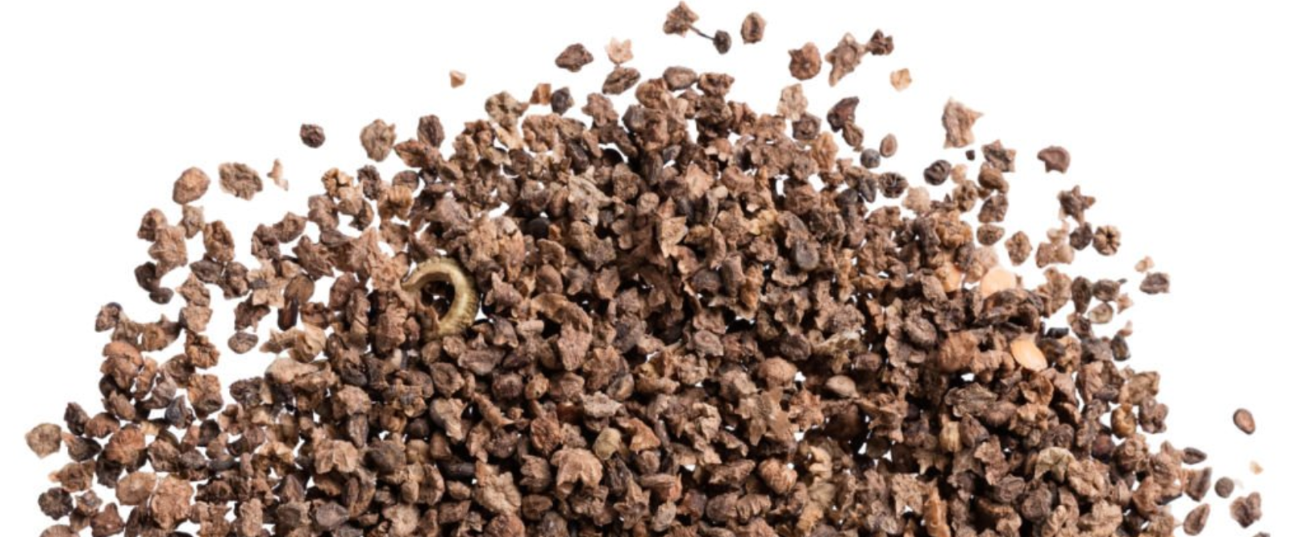
Kochia
Bassia scoparia



Kochia, a summer annual broadleaf weed prevalant in North America, is notoriously difficult to manage due to its early-spring emergence, rapid growth, and resilience in harsh conditions like heat, drought, and saline soils. Its spread, including the proliferation of herbicide-resistant biotypes, is propelled by its obligate outcrossing reproductive strategy (cross-pollination rather than self-pollination) and unique physical seed dispersal as a tumbleweed. Studies such as Beckie et al. (2018) have shown that Kochia scoparia retains over 80% of its seed at harvest, highlighting the potential efficacy of Harvest Weed Seed Control (HWSC).
Kochia's adaptability is further underscored by its prolific seed production, with individuals capable of producing up to 100,000 seeds, which, however, have a relatively short soil seed bank longevity of 1-2 years. Therefore effective Harvest Weed Seed Control can decimate the seedbank over a few years with the high seed retention at harvest and short longevity in the soil.
The plant's growth is influenced by competition; it adopts an erect, taller form in dense stands or a bushier form with less competition, highlighting its plasticity in response to environmental conditions. Early management of Kochia is crucial, focusing on the seed and seedling stages where the plant is most vulnerable.
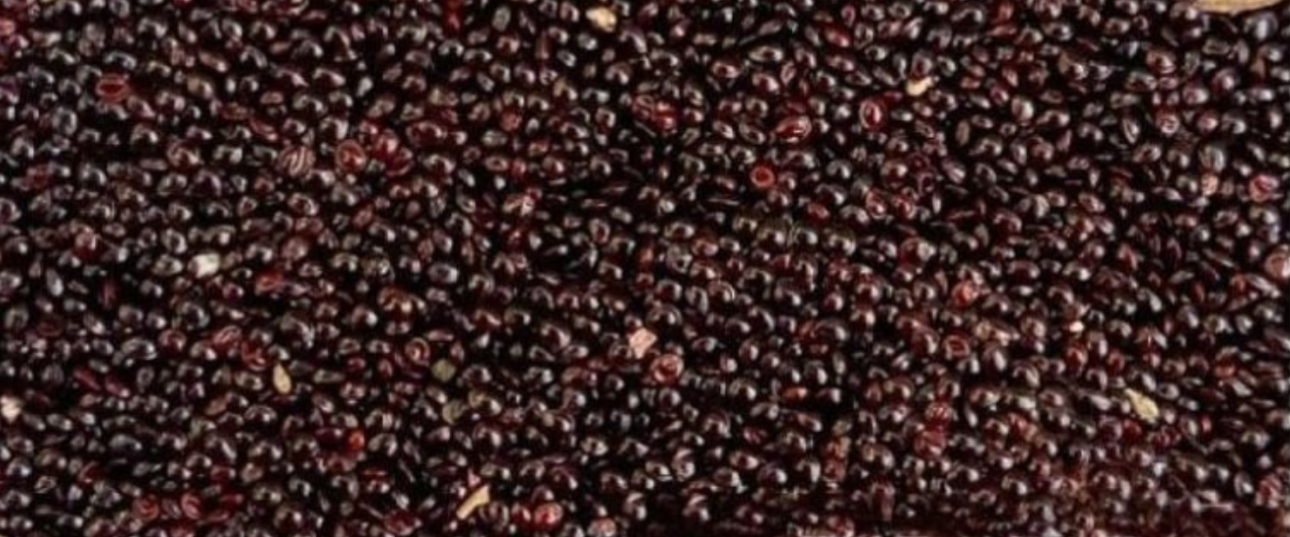
Palmer amaranth
Amaranthus palmeri



Palmer amaranth, a summer annual weed found in the United States, is challenging due to its rapid growth, high competitiveness, and adaptability under hot, dry conditions, often leading to significant yield losses in crops such as soybeans. Its ability to thrive at temperatures between 35°C to 45°C, coupled with a root system designed to maximize water uptake, makes it a formidable opponent in agricultural settings. Palmer amaranth distinguishes itself with copious seed production, season-long emergence, and a notorious capacity for developing herbicide resistance. The emergence pattern, which spans from spring through to frost, and a seed bank where the majority of seeds lose viability within three years, point to the importance of timely and strategic management efforts to curb its spread and impact.
Harvest Weed Seed Control (HWSC) techniques, are highly effective in combatting species like Palmer amaranth that retain a high percentage of seeds until late in the season. By targeting the seeds at harvest—twofold by capturing and destroying them AND by minimizing their spread. The integration of cultural practices such as cover cropping and narrow row spacing can suppress early seedling growth and reduce the weed's competitive edge.
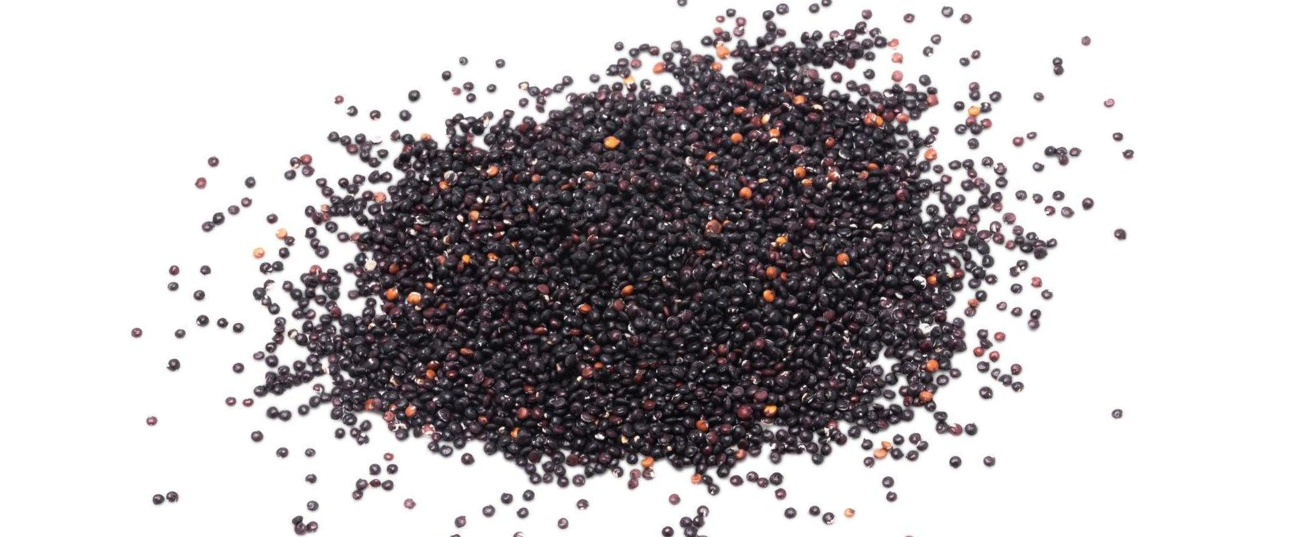
Waterhemp
Amaranthus tuberculatus



Waterhemp, a summer annual plant problematic in North American cropping systems, is known for its rapid growth (an inch a day) and adaptability, partly due to its dioecious nature (having separate male and female plants) which facilitates genetic exchange and contributes to its wide-ranging herbicide resistance. This adaptability, alongside its ability to produce over 1 million seeds per female plant and a prolonged emergence pattern, makes waterhemp a formidable opponent in crop management.
The species’ aggressive growth can lead to significant yield losses in crops like soybeans and corn, and its seeds have shown an ability to remain viable in the soil for extended periods, with studies indicating viability even after 17 years when buried at depths beyond their germination zone, highlighting the importance of managing the seedbank to control populations.
HWSC aligns well with the fact that waterhemp retains a high percentage of its seeds at harvest time. The Seed Terminator, has demonstrated effectiveness in killing up to 99% of captured waterhemp seeds and significantly reducing viable seeds entering the seedbank.
This method, coupled with an integrated weed management strategy that includes crop rotation, cover crops, and early weed identification and management, could drastically reduce waterhemp populations and mitigate the spread of herbicide resistance, offering a sustainable approach to preserving crop yields and combating this pervasive weed.
References
Ryegrass
*210 seeds per plant, GRDC, link
*Pollen transfer of resistance link
Wild Radish
*5000 seeds per plant, BCG, link
Wild Oats
*225 seeds per plant, GRDC, link
Brome Grass
*2000 seeds per plant, Agriculture Victoria, link
Kochia
*14,600 seeds per plant, Washington NWBC, link
Palmer
Amaranth
*250,000 seeds per plant, USDA, link
Waterhemp
*400,000 seeds per plant, No Till Farmer, link
